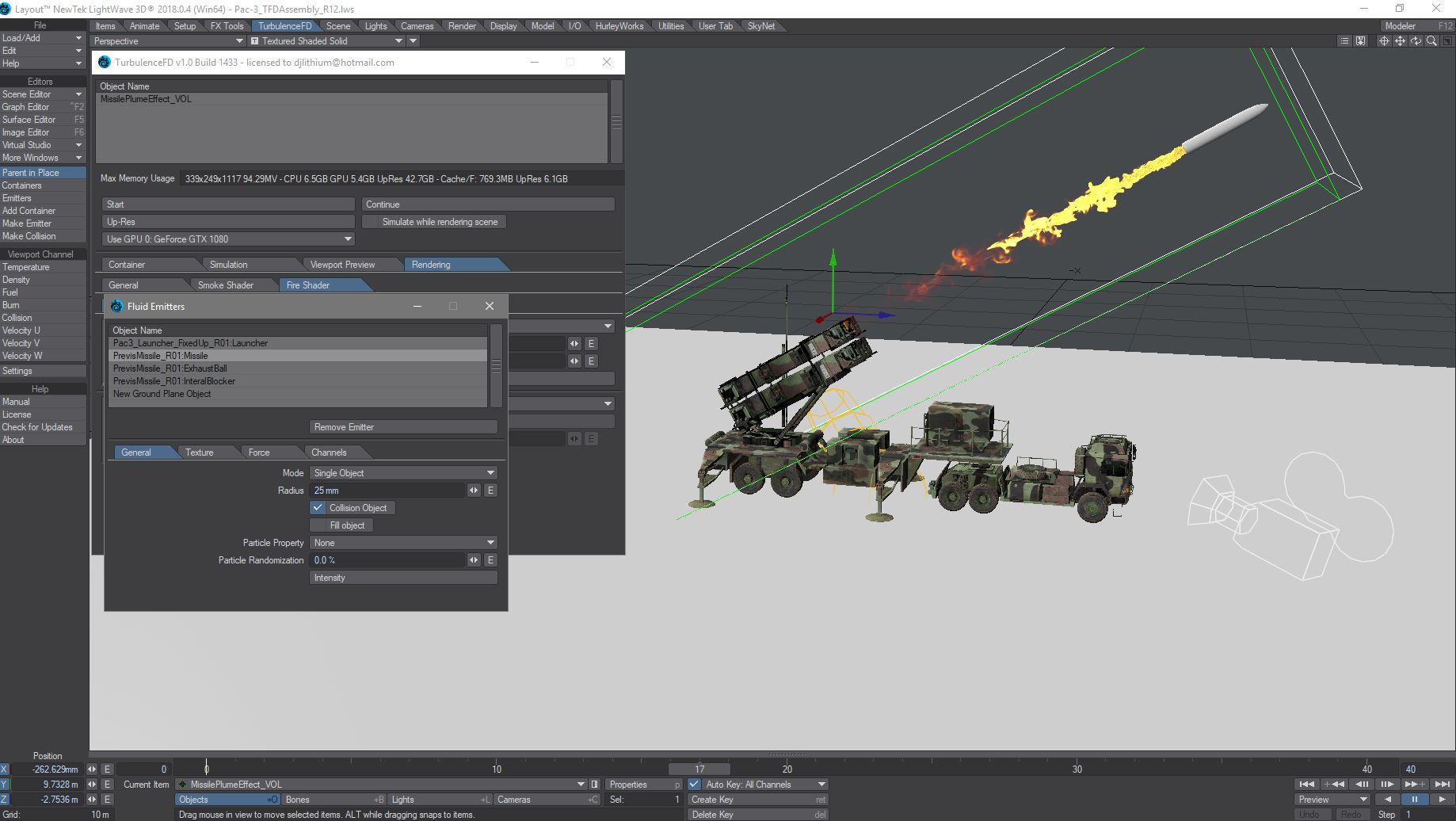

Even small research groups are turning their focus from the individual reference genome to the population.

As costs have dropped, read lengths have increased, and assembly and alignment algorithms have matured, the genome project paradigm is shifting. It is now possible to sequence even human sized genomes for as little as $1,000. Quality control and evidence management are therefore essential components to the annotation process.Įffect of NextGen Sequencing on the Annotation Process Incorrect and incomplete genome annotations poison every experiment that uses them.If an annotation is correct, then these experiments should succeed however, if an annotation is incorrect then the experiments that are based on that annotation are bound to fail. And while most researchers probably don't give annotations a lot of thought, they use them everyday.Įvery time we use techniques such as RNAi, PCR, gene expression arrays, targeted gene knockout, or ChIP we are basing our experiments on the information derived from a digitally stored genome annotation. The first question that occurs to most of us when a genome is sequenced is, "where are the genes?" To identify the genes we need to annotate the genome. Genome sequence itself is not very useful. Genome project from sequencing to experimental application of annotations There are many more projects that use MAKER around the world. Zea mays - maize re-annotation - PubMed.Petromyzon marinus - Sea Lamprey annotation and re-annotation - PubMed.Pogonomyrmex barbatus - Red Harvester Ant - PubMed.Linepithema humile - Argentine Ant - PubMed.Atta cephalotes - Leaf-cutter Ant - PubMed.Latimeria menadoensis - African Coelacanth - PubMed.Fusarium circinatum - Pine Pitch Canker - ResearchGate.Pinus lambertiana - Sugar Pine - PubMed.MAKER has been used in many genome annotation projects (these are just a few): MAKER can be used for de novo annotation of newly sequenced genomes, for updating existing annotations to reflect new evidence, or just to combine annotations, evidence, and quality control statistics for use with other GMOD programs like GBrowse, JBrowse, Chado, and Apollo. However, MAKER is also designed to be scalable and is thus appropriate for projects of any size including use by large sequencing centers. MAKER is an easy-to-use genome annotation pipeline designed to be usable by small research groups with little bioinformatics experience. 13.6 Add functional annotations and meta-data.13.1 Collect homology evidence datasets.12.5 Improving Annotation Quality with MAKER's AED score.

12.3 Training ab initio Gene Predictors.12.1.8 External Application Behavior Options.12.1.3 RNA/Transcript Evidence (the options are called EST for historic reasons).12.1.2 Re-annotation Using MAKER Derived GFF3.12 Advanced MAKER Configuration, Re-annotation Options, and Improving Annotation Quality.9.6 Selecting and Revising the Final Gene Model.9.5 Integrating Evidence to Synthesize Annotations.9 Details of What is Going on Inside of MAKER.4.2 Tutorials for custom repeat library generation.4.1 Performance on large computing clusters.3.4 Comparison of Algorithm Performance on Model vs.3.2 What sets MAKER apart from other tools ( ab initio gene predictors etc.)?.2.3 Effect of NextGen Sequencing on the Annotation Process.


 0 kommentar(er)
0 kommentar(er)
